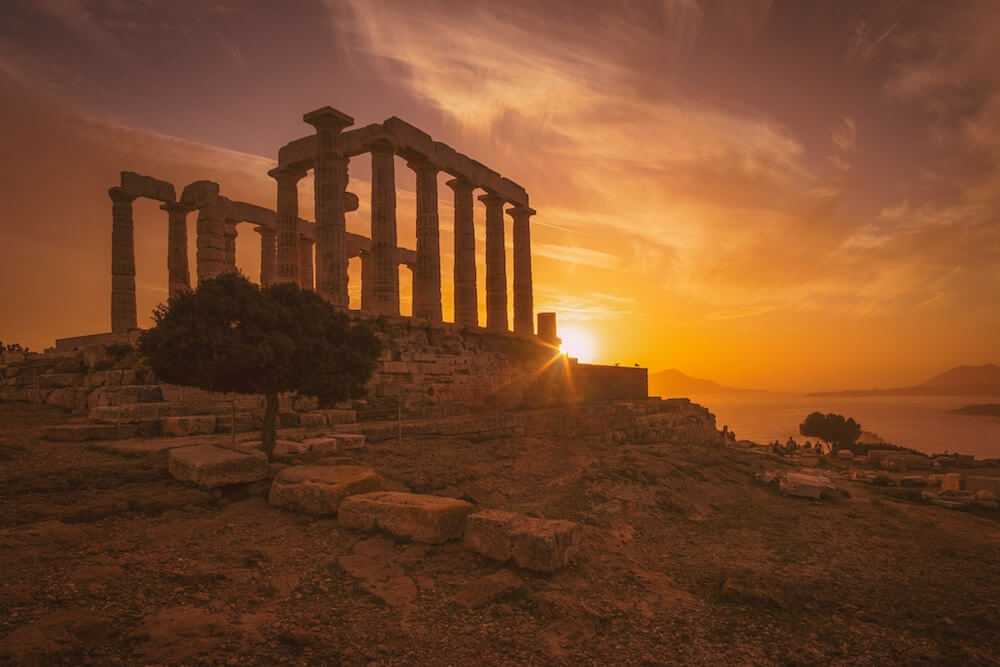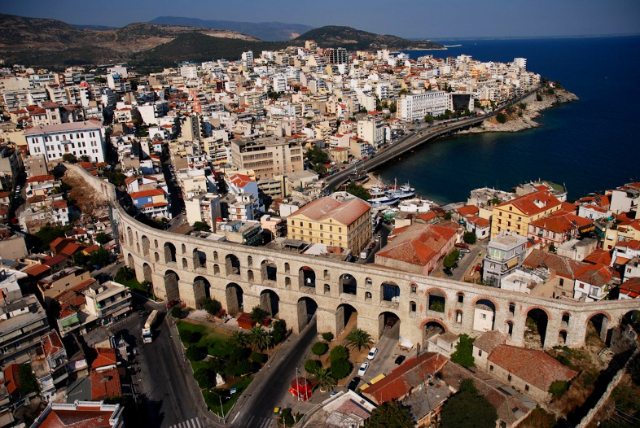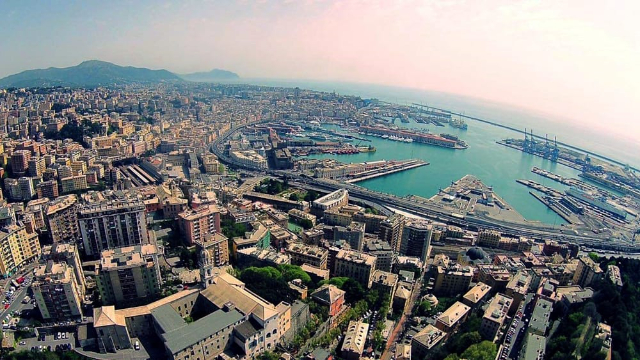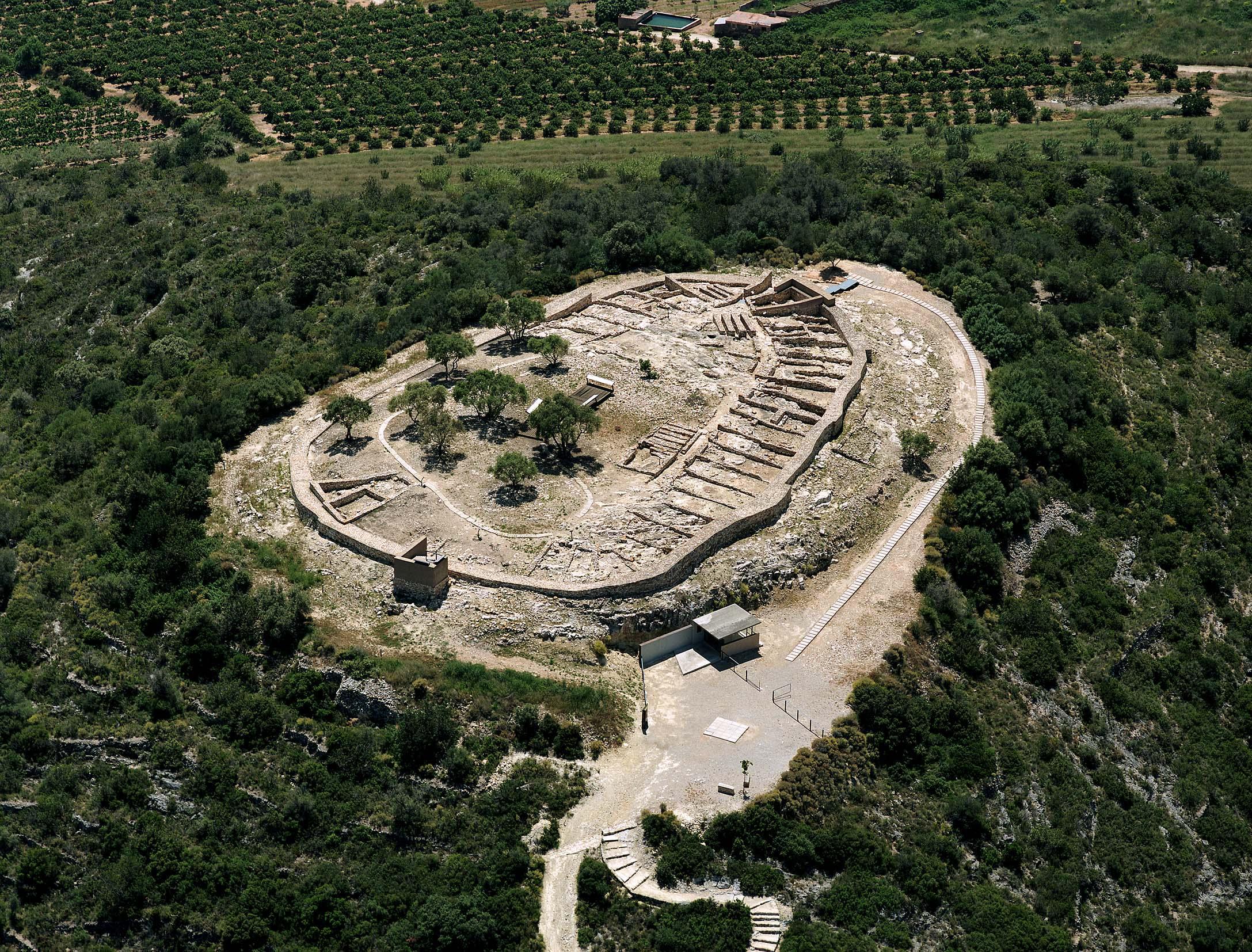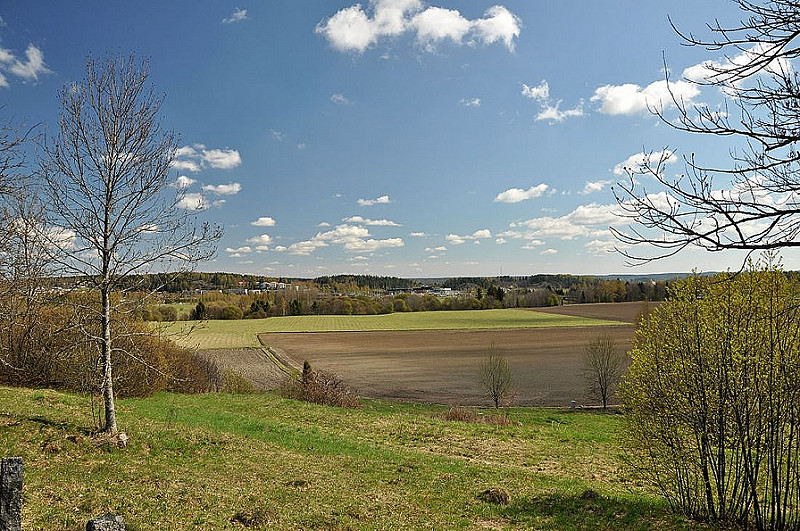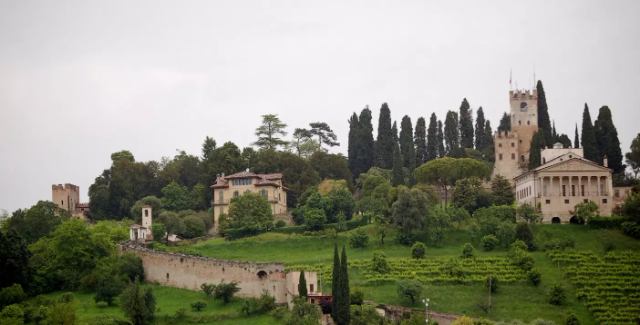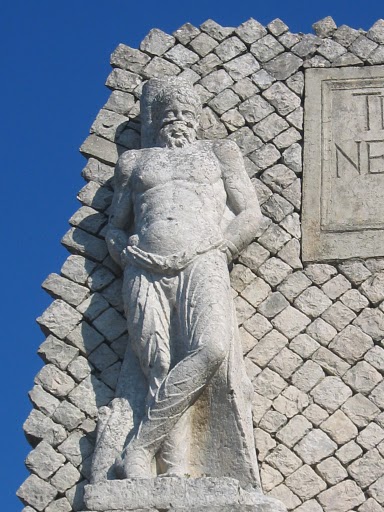Archaeological evidence indicates that Sounion was a sacred area as far back as the Bronze Age, but the temple visible in our day was built in the middle of the 5th century BCE (between 444 and 440 BCE). It was part of the ambitious building project initiated by Perikles, which included other renown temples such as the Parthenon and the Hephaisteion. Given the similariteis of the Temple of Poseidon to the Hephaisteion and the temple of Nemesis in Rhamnous, many historians have concluded that they were designed by the same architect. One particularly unifying feature of all three temples is the fact that the columns of the porch were aligned with the third column of the peristyle.
An inscription confirms that the temple was dedicated to Poseidon, and it was built upon the remains of an even earlier poros temple whose foundations are still visible. This Archaic temple was razed by the Persians in 490 BCE when it still under construction. Very little is known about this earlier temple, but it is certain that it was a revered landmark, visible from afar as sailors approached or left the safety of the Attica harbors. The newer temple closely follows the size and plan of the more ancient one.
The temple of Poseidon was a peripteral building of the Doric order, made of marble from nearby Agrileza, with six columns at its ends and thirteen on each long side for a total of 34–of which thirteen survive today.
